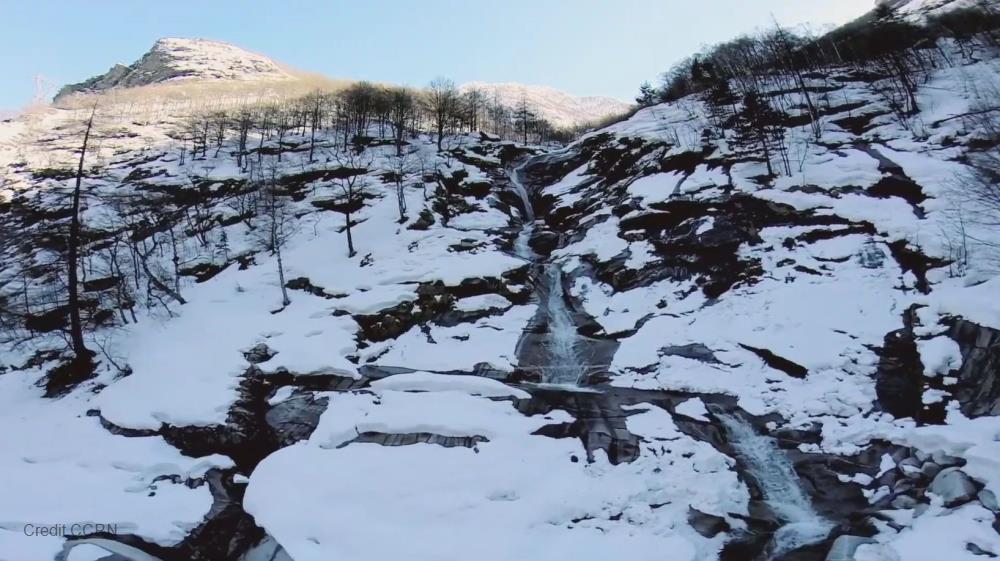
Related items loading ...
Section 1: Publication
Publication Type
Journal Article
Authorship
Mekis, E., R.E. Stewart, J.M. Theriault, B. Kochtubajda, B.R. Bonsal and Z. Liu
Title
Near 0°C surface temperature and precipitation type patterns across Canada
Year
2020
Publication Outlet
Hydrol. Earth Syst. Sci., 24, 1741–1761
DOI
ISBN
ISSN
Citation
Mekis, E., R.E. Stewart, J.M. Theriault, B. Kochtubajda, B.R. Bonsal and Z. Liu, 2020: Near 0°C surface temperature and precipitation type patterns across Canada. Hydrol. Earth Syst. Sci., 24, 1741–1761,
https://doi.org/10.5194/hess-24-1741-2020
Abstract
The 0 ∘C temperature threshold is critical for many meteorological and hydrological processes driven by melting and freezing in the atmosphere, surface, and sub-surface and by the associated precipitation varying between rain, freezing rain, wet snow, and snow. This threshold is especially important in cold regions such as Canada, because it is linked with freeze–thaw, snowmelt, and permafrost. This study develops a Canada-wide perspective on near-0 ∘C conditions using hourly surface temperature and precipitation type observations from 92 climate stations for the period from 1981 to 2011. In addition, nine stations from various climatic regions are selected for further analysis. Near-0 ∘C conditions are defined as periods when the surface temperature is between −2 and 2 ∘C. Near-0 ∘C conditions occur often across all regions of the country, although the annual number of days and hours and the duration of these events varies dramatically. Various types of precipitation (e.g., rain, freezing rain, wet snow, and ice pellets) sometimes occur with these temperatures. Near-0 ∘C conditions and the reported precipitation type occurrences tend to be higher in Atlantic Canada, although high values also occur in other regions. Trends of most temperature-based and precipitation-based indicators show little or no change despite a systematic warming in annual surface temperatures over Canada. Over the annual cycle, near-0 ∘C temperatures and precipitation often exhibit a pattern: short durations occur around summer, driven by the diurnal cycle, and a tendency toward longer durations around winter, associated with storms. There is also a tendency for near-0 ∘C surface temperatures to occur more often than expected relative to other temperature windows at some stations due, at least in part, to diabatic cooling and heating that take place with melting and freezing, respectively, in the atmosphere and at the surface.
Plain Language Summary
This article provides a Canada-wide analysis of near-0°C temperature conditions (±2°C) using hourly surface temperature and precipitation type observations from 92 locations for the 1981–2011 period. Higher annual occurrences were found in Atlantic Canada, although high values also occur in other regions. Trends of most indicators show little or no change despite a systematic warming over Canada. A higher than expected tendency for near-0°C conditions was also found at some stations.
Section 2: Additional Information
Program Affiliations
Project Affiliations
Submitters
Publication Stage
Published
Theme
Presentation Format
Additional Information
Climate-Related Precipitation Extremes


 GWFNet
GWFNet Master
Master Data
Data Research
Research Map
Map
 Advanced
Advanced . . .
. . .

 Metadata Editor
Metadata Editor
 Record List
Record List
 Alias List Editor
Alias List Editor
 Legacy sites
Legacy sites